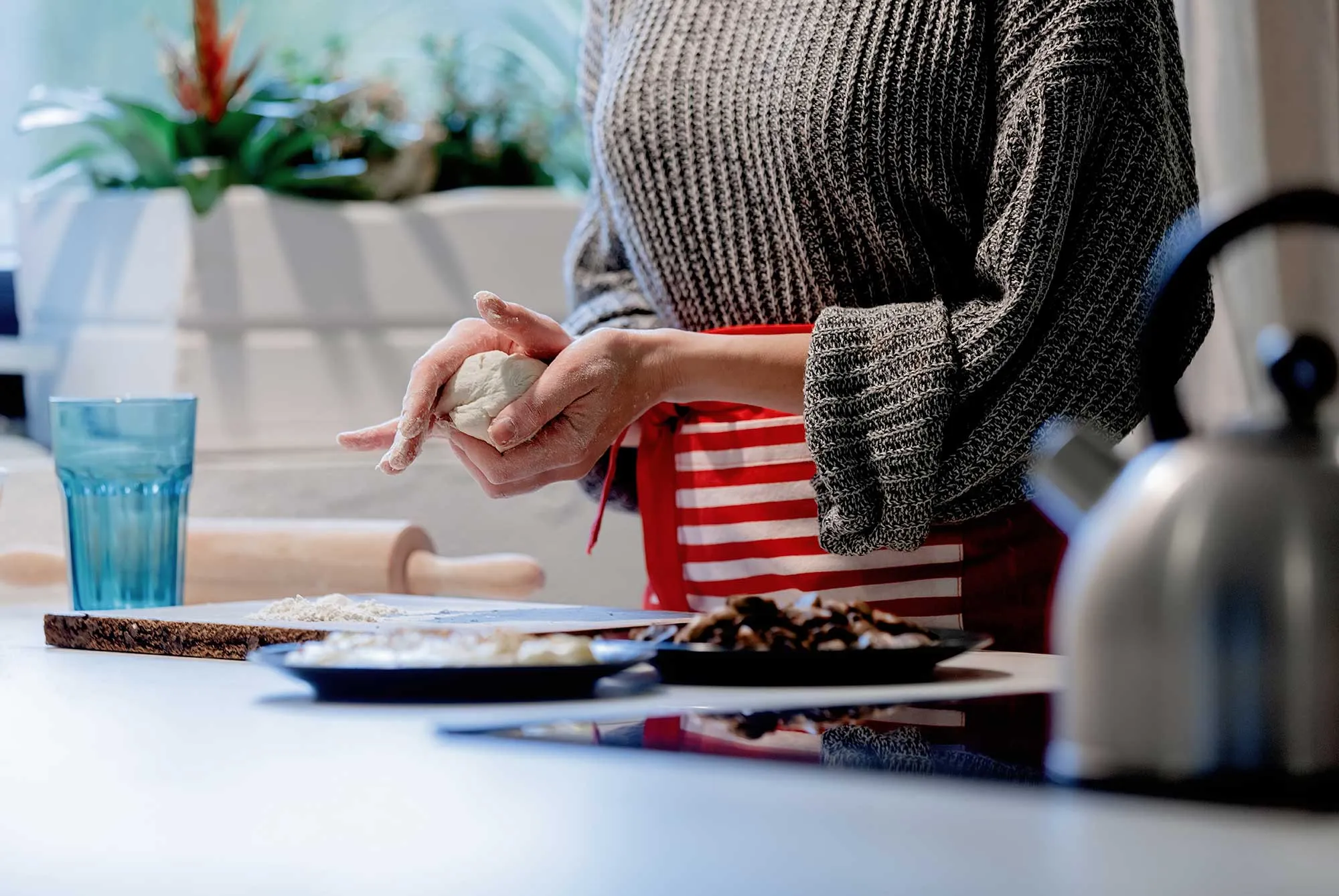




The story of pasta in Italy goes back thousands of years. It’s said that pasta was first introduced to Italy by the Romans or possibly even by Marco Polo from China. Regardless of its origins, Italy made pasta its own. Over time, pasta evolved, becoming a symbol of Italian identity and culture. Today, it’s hard to imagine Italian cuisine without pasta, and it’s no surprise that it has become a global sensation.
In Italy, pasta is more than just a meal. It’s often at the center of family gatherings, celebrations, and daily life. Each region has its unique pasta shapes and sauces, reflecting the diversity of the country’s culinary traditions. Whether it’s spaghetti, ravioli, or lasagna, pasta brings people together, offering comfort and familiarity.One of the first decisions any pasta lover must make is whether to choose fresh or dry pasta. Fresh pasta, often made from eggs and flour, is tender and has a delicate flavor. Dry pasta, made from durum wheat semolina, is firmer and holds up well with hearty sauces. Both have their place in Italian cuisine, and each offers a unique experience.
Pasta comes in all shapes and sizes, each designed to complement specific sauces. Spaghetti, fettuccine, penne, and rigatoni are just a few examples. While spaghetti works well with lighter sauces, penne and rigatoni are ideal for chunky, robust sauces that cling to their ridged surfaces.


